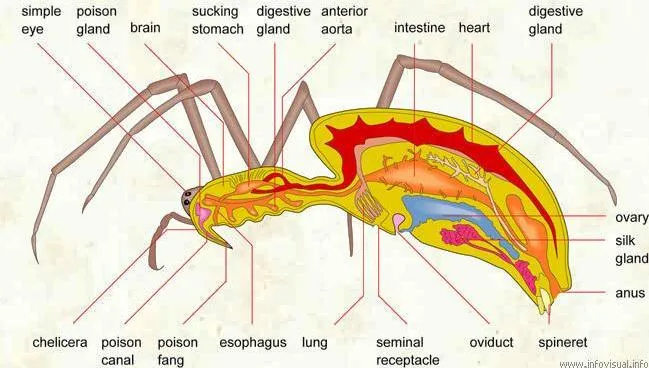How Tarantulas Eat
Tarantulas, those captivating arachnids, are fascinating creatures, and their digestive system is as intriguing as their appearance. Unlike humans, tarantulas don’t simply gulp down their food. Their feeding process is a complex dance of hunting, injecting venom, external digestion, and finally, nutrient absorption. This blog post will delve into the intricate world of a tarantula’s digestive system, exploring the various components and processes that allow these creatures to thrive. From the initial strike to the elimination of waste, we’ll unravel the secrets behind how a tarantula turns its prey into energy.
Chelicerae and Fangs The First Steps of Digestion
The journey of digestion begins with the tarantula’s formidable chelicerae and fangs. These structures are the tools of the trade, used to capture and subdue prey. The chelicerae, located near the mouth, house the fangs, which are sharp, hollow structures. When a tarantula attacks, it uses its fangs to inject venom into its victim. This venom serves two primary purposes immobilizing the prey and, crucially, beginning the digestive process. The fangs inject the venom, which starts breaking down the tissues of the prey from the inside out.
The Role of Venom
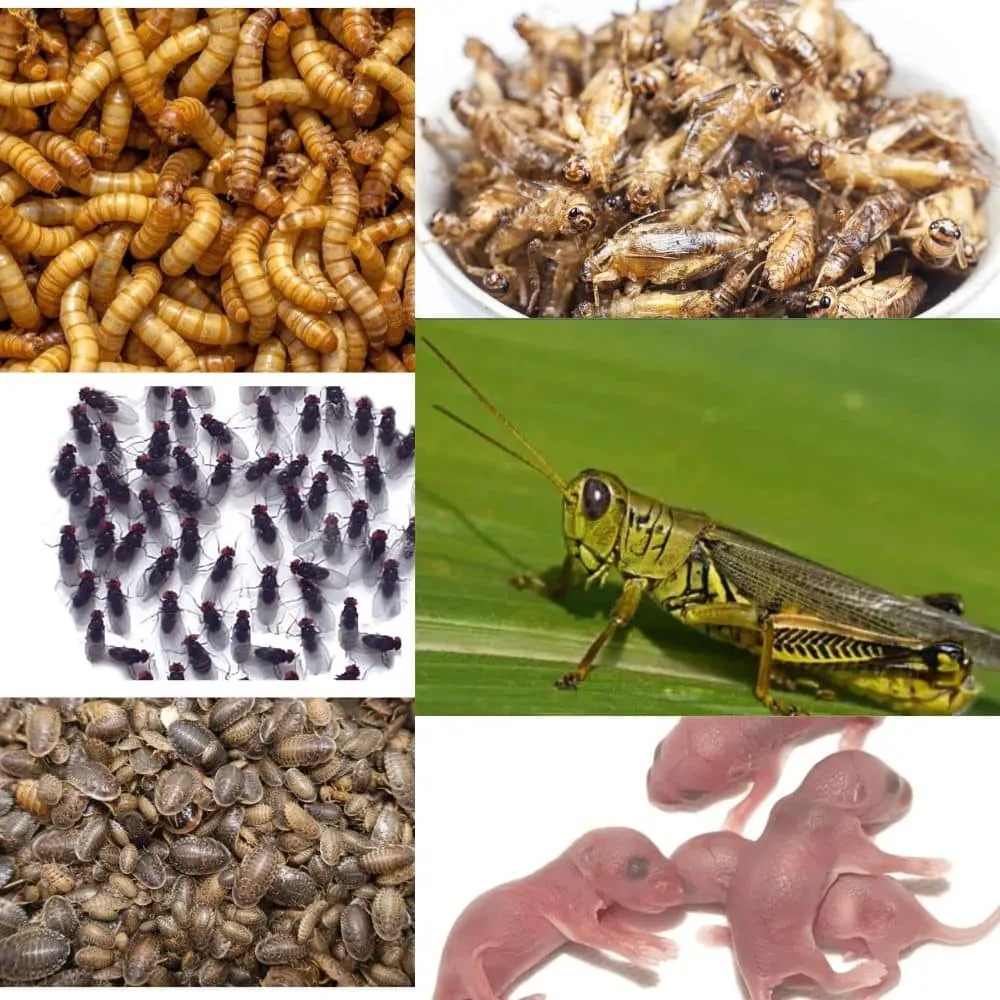
Venom is a critical component of a tarantula’s digestive strategy. It’s a complex cocktail of enzymes and toxins. These components work synergistically. The toxins paralyze or kill the prey, preventing escape, while the enzymes start breaking down the prey’s tissues. The venom essentially pre-digests the prey, converting solid tissues into a liquid form that the tarantula can later ingest. The composition of venom varies slightly among different tarantula species, but the fundamental function remains the same facilitating external digestion.
External Digestion A Tarantula’s Unique Approach
Tarantulas, like other arachnids, practice external digestion. This means that the initial breakdown of food occurs outside of the tarantula’s body. After injecting venom, the tarantula uses its chelicerae and pedipalps (leg-like appendages near the mouth) to further macerate the prey. Then, it regurgitates digestive enzymes onto the prey. These enzymes, similar to those found in the venom, continue to break down the tissues. This process effectively turns the solid prey into a nutrient-rich soup, ready for the tarantula to consume. This method is a remarkable adaptation, allowing tarantulas to feed on prey much larger than their mouths would otherwise permit.
Enzymes and Digestive Juices
Enzymes are the workhorses of the digestive process. Secreted from various glands, including the gut and salivary glands, these enzymes catalyze the breakdown of proteins, fats, and carbohydrates in the prey. Digestive juices, containing water, electrolytes, and other substances, create the optimal environment for the enzymes to function effectively. The specific types of enzymes and the composition of the digestive juices vary slightly depending on the tarantula’s diet and the prey it consumes. The efficiency of the enzymes ensures that the tarantula extracts the maximum amount of nutrients from its meal.
Creating a Pre-Digestion Soup
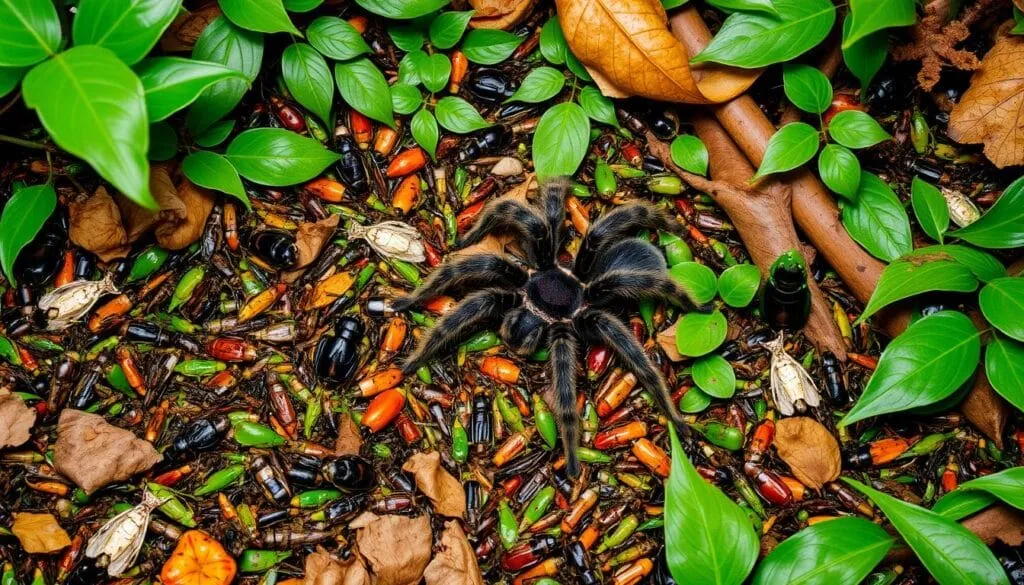
External digestion culminates in the creation of a nutrient-rich soup. The combination of venom, enzymes, and digestive juices effectively liquefies the prey’s internal organs and tissues. This ‘soup’ is the tarantula’s primary source of nutrients. The tarantula uses its chelicerae and pedipalps to manipulate and break down the prey further, ensuring that as much of the prey is converted into liquid as possible. The resulting liquid is then ready to be ingested and absorbed by the tarantula’s digestive system, providing the necessary building blocks for growth, energy, and overall health.
Sucking Up the Meal
Once the prey is sufficiently liquefied, the tarantula begins to suck up the nutrient-rich soup. This process involves the pharynx, a muscular section of the digestive tract located just behind the mouth. The pharynx acts like a pump, creating suction to draw the liquid into the tarantula’s digestive system. The tarantula will often move its chelicerae and pedipalps during this process, assisting in manipulating the prey and ensuring that all the liquid is consumed. This method of ingestion allows the tarantula to efficiently extract nutrients while leaving behind the indigestible parts of the prey.
The Tarantula’s Stomach
The tarantula’s stomach, a relatively simple structure, is the next stop for the digested food. The stomach primarily serves as a storage and processing site. Here, the partially digested food is further broken down and mixed with more digestive enzymes. The stomach’s inner lining is specialized to absorb nutrients. The stomach’s muscular walls also help to churn and mix the contents, ensuring that the digestive enzymes have maximum contact with the food. The stomach plays a crucial role in preparing the food for absorption in the midgut.
Digestive System Anatomy
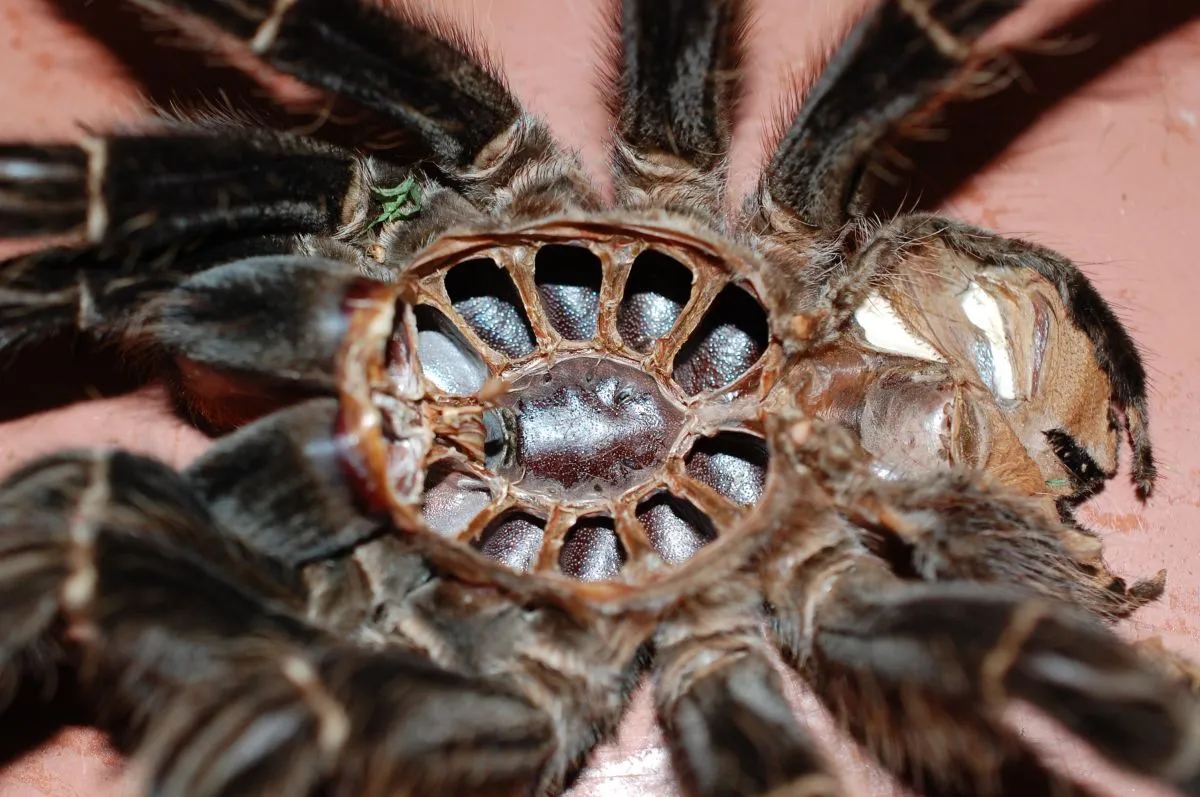
Understanding the basic anatomy of the tarantula digestive system is crucial to appreciate its functions. The system comprises several key components, each with a specific role. The mouth leads to the pharynx, which acts as a pump. The esophagus carries food to the stomach, where further digestion occurs. The midgut is the primary site for nutrient absorption. Waste products are processed in the hindgut and eliminated through the anus. Various glands, such as the salivary glands and digestive enzyme-producing cells, support these processes. The overall structure is remarkably efficient for extracting nutrients from a wide range of prey.
The Midgut’s Function
The midgut is the workhorse of nutrient absorption. The inner lining of the midgut is covered with numerous folds and microvilli, which increase the surface area available for absorption. This structure allows the tarantula to efficiently extract nutrients from the digested food. The midgut cells actively transport nutrients into the hemolymph, the tarantula’s version of blood. These nutrients are then distributed throughout the body, providing energy for movement, growth, and other vital functions. The midgut is, therefore, critical for the tarantula’s survival and overall health.
Nutrient Absorption
Nutrient absorption is a highly efficient process in tarantulas. The midgut cells actively transport amino acids, sugars, fatty acids, and other essential nutrients from the digested food into the hemolymph. Specialized enzymes and transport proteins within the midgut cells facilitate this absorption. The efficiency of nutrient absorption is key to the tarantula’s ability to survive and thrive. The absorbed nutrients provide the necessary building blocks for growth, molting, and other physiological processes. Any unabsorbed material is passed to the hindgut for waste elimination.
Waste Elimination
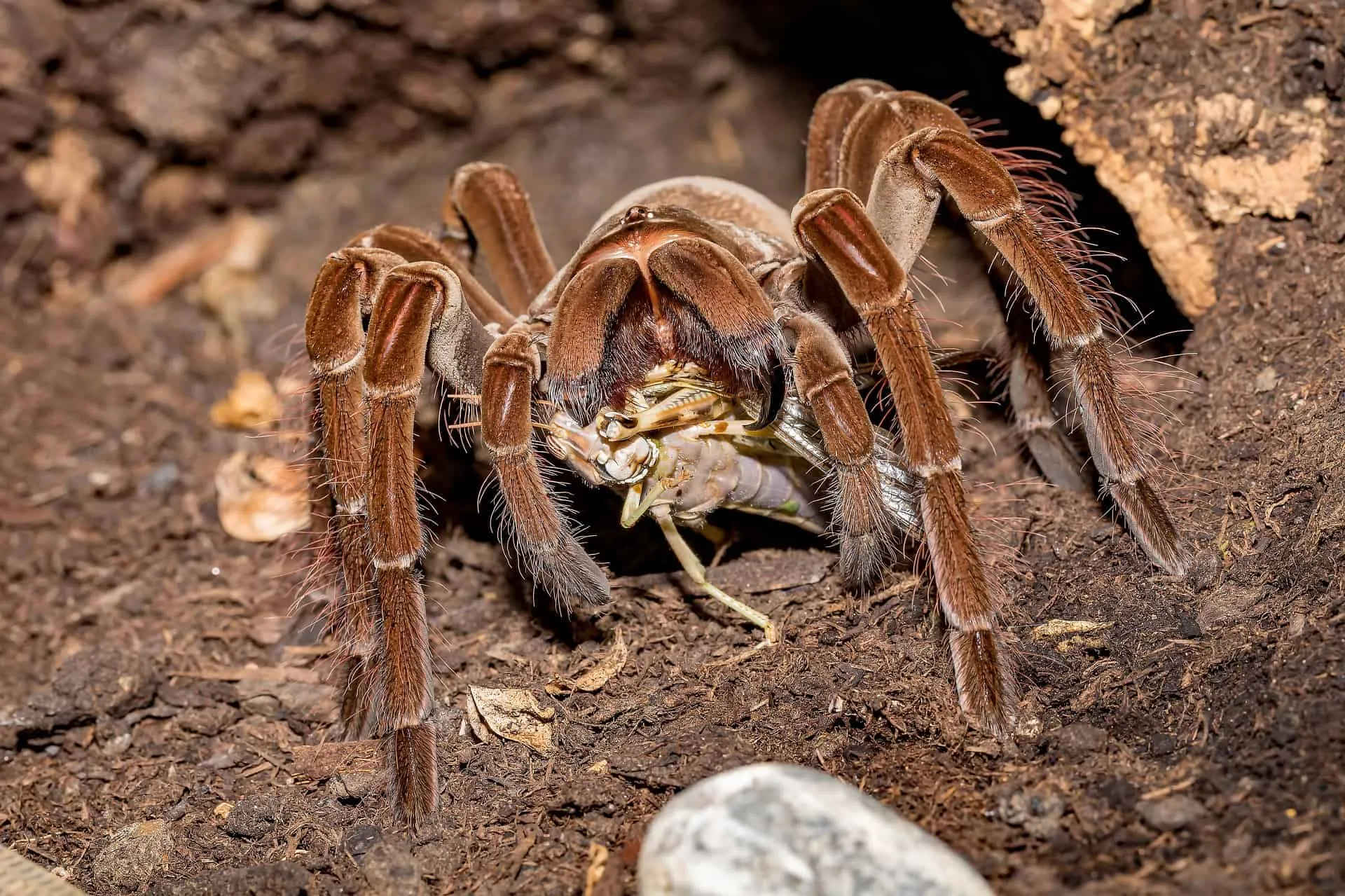
The hindgut, which leads to the anus, is responsible for processing and eliminating waste. The hindgut reabsorbs water and electrolytes from the undigested food material, concentrating the waste. The waste is then expelled through the anus, a small opening at the end of the abdomen. The efficiency of waste elimination is essential for maintaining the tarantula’s health and preventing the buildup of toxins. The process ensures that the tarantula efficiently removes waste products while conserving essential resources like water.
Malpighian Tubules
Malpighian tubules are crucial for waste removal and osmoregulation (maintaining water balance) in tarantulas. These slender, blind-ended tubes are bathed in hemolymph and extract waste products, like uric acid, from the hemolymph. These waste products, along with excess water and ions, are then transported to the hindgut, where water is reabsorbed, and the concentrated waste is expelled. The Malpighian tubules play a critical role in maintaining the tarantula’s internal environment and ensuring it can function correctly. Their function helps tarantulas conserve water and regulate their internal environment.
Interesting Facts about Tarantula Digestion
Tarantulas exhibit some fascinating adaptations in their digestive process. For example, they can survive for extended periods without food, relying on stored energy reserves. The efficiency of their digestive system allows them to extract a maximum amount of nutrients from their prey. The tarantula’s digestive system is not only adapted to handle various types of prey but also to minimize water loss, an essential adaptation for survival in arid environments. Scientists are continuously studying tarantula digestion to understand these remarkable adaptations better and how they contribute to the tarantulas’ survival strategies.
In conclusion, the tarantula’s digestive system is a marvel of adaptation and efficiency. From the initial strike of the fangs to the final elimination of waste, every step is a testament to the intricate processes that allow these arachnids to thrive. Understanding how tarantulas eat, digest, and absorb nutrients provides a glimpse into the fascinating world of these creatures and their remarkable survival strategies. The study of their digestive system also highlights the diversity and ingenuity of nature’s solutions.
